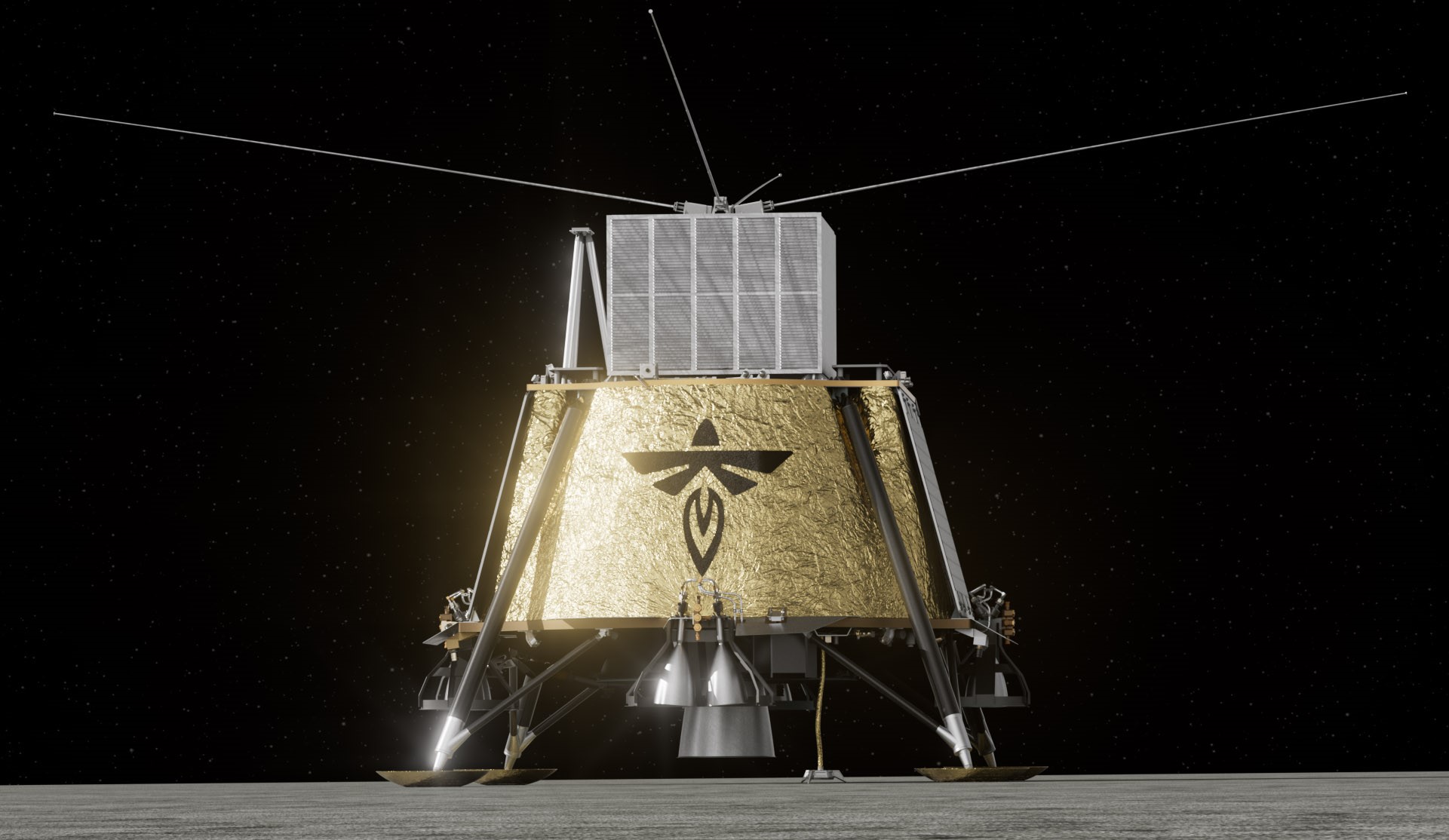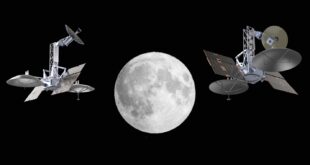
London, 10 November 2023 – Firefly Aerospace, an American aerospace firm, announced on the 8th of November a new agreement with Fleet Space Technologies, an Australian space exploration firm. Firefly will deliver and operate Fleet’s Seismic Payload for Interplanetary Discovery, Exploration, and Research (SPIDER) on the far side of the Moon.
Fleet Space’s SPIDER payload is part of the Australian Space Agency’s Moon to Mars initiative, aligned with NASA’s Artemis program to support future habitation on the Moon. When the payload has been deployed, the lunar lander will provide ongoing power and communications. It will enable SPIDER to capture seismic data from the lunar surface for up to 14 days.
Firefly’s second lunar mission will also deliver ESA’s Lunar Pathfinder satellite to lunar orbit alongside NASA’s LuSEE-Night radio telescope to the lunar surface as part of the NASA Commercial Lunar Payload Services (CLPS) initiative.
“Fleet is thrilled to contribute our passive seismic SPIDER technology to Firefly’s lunar mission to advance fundamental research into the Moon’s regolith,” said Matt Pearson, Co-Founder and Chief Exploration Officer at Fleet Space Technologies. “Any infrastructure built on other worlds will depend on a deep understanding of the in-situ subsurface composition – and we’re honored to collaborate with the international community to help unlock critical insights for sustaining human life beyond Earth.”
Firefly has completed the preliminary design review for Blue Ghost Mission 2 and is currently wrapping up the final milestones for the first mission to the Moon in 2024.
 SpaceWatch.Global An independent perspective on space
SpaceWatch.Global An independent perspective on space




